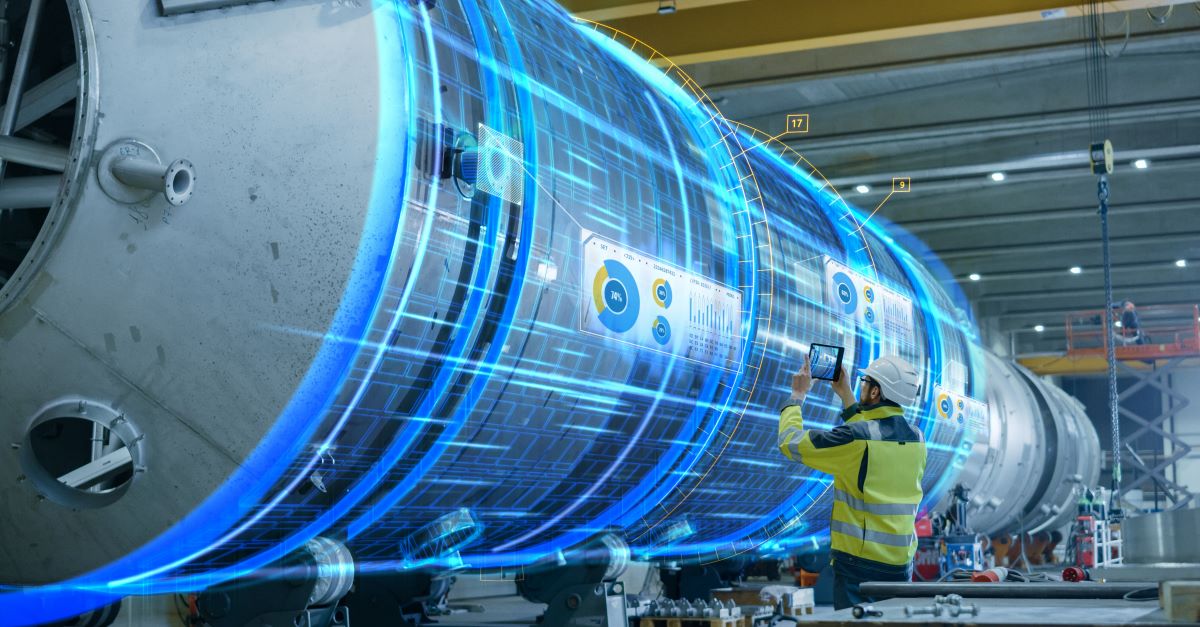Good for land and sea – How to ensure real-time visibility for production materials

There are plenty of Track & Trace solutions (T&T) available. Logistics Service Providers (LSP) have been offering it as an add-on for years and several start-ups focus on this aspect, too. So it’s nothing new, right? Or is it?
While conventional T&T provides feedback on where a truck or container is located and – some cases – whether it’s going to arrive late, it’s not usually possible to find out where exactly a specific product is at any given time. The very question most material controllers are interested in – and it usually remains unanswered.
This is because there are numerous processes in logistics that are still paper-based. The data are available in the various systems, such as the supplier’s ERP, for instance. But the goods are then shipped with freight documents, which the LSP then types into their Transport Management System (TMS) – so as to be able submit an advance customers declaration, for example. This is a typical example of how the data are available in the various “silos”, but no exchange takes place – or very little.
Real-time T&T during transport
SupplyOn now offers Real-Time Visibility – a component of Visibility & Analytics: this solution merges the data from the various silos for use by all those involved in the supply chain. And one outcome of this is the answer to the question: “Where are my materials and when are they going to arrive?”
Companies registered as suppliers with SupplyOn generally create an ASN as part of the shipping process. In the new solution, the ASN is not only made available to the customer but to the LSP as well. The latter saves having to input the data manually in the TMS and instantly has the correct material data in their system to go with the transport order.
Not just at sea – on land as well
A side effect of this is that the ASN number provides a reference that can be paired with status information from the LSP’s system. If this LSP or another service provider such as a consolidation center operator is responsible for sea transport and container stowage too, they can use the ASN number to communicate which goods are in which container. The containers can now be tracked and localized based on various data sources. In this way, it can also be determined for sea transports whether the ETA (estimated time of arrival) will be met or whether there will be delays.
Wide-ranging link options
Classic EDIFACT and IDOC interfaces can be used for data transmission throughout so as to keep integration as straightforward as possible. However, those who prefer a more modern set-up can also receive the data via an API interface.
Visibility & Analytics provides everyone involved with details of the near-real-time status of a consignment by means of an easily comprehensible web interface. At the same time, the data can also be transferred via interface to the back-end systems, allowing materials controllers to see the information in their customary SAP dialog.
The benefits here are obvious: consistent feedback on delivery status, early notification in the event of deviation, less search and monitoring effort – and fewer special trips and safety stocks.



